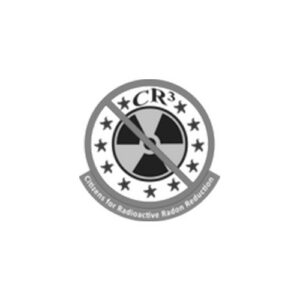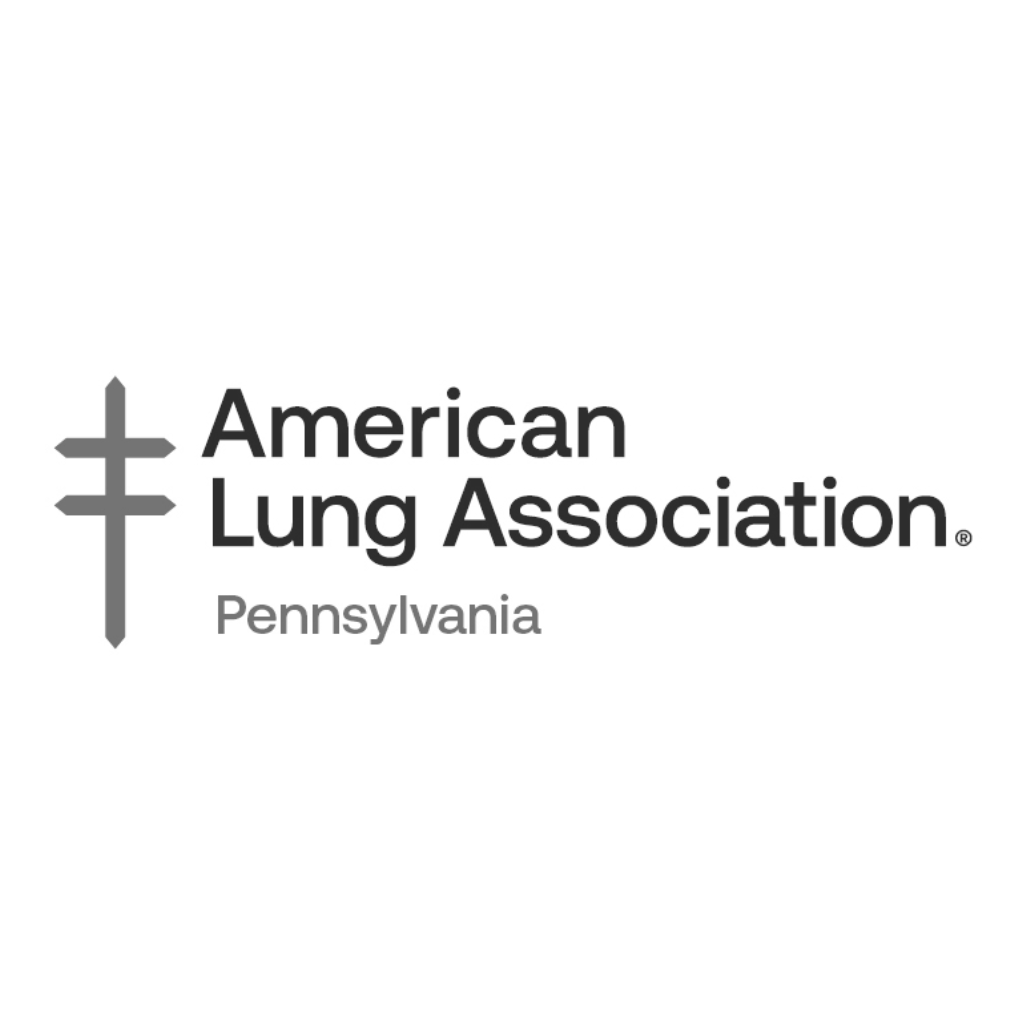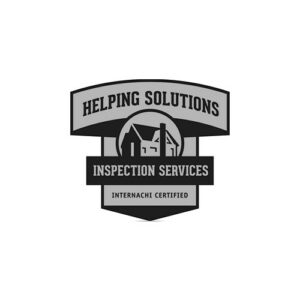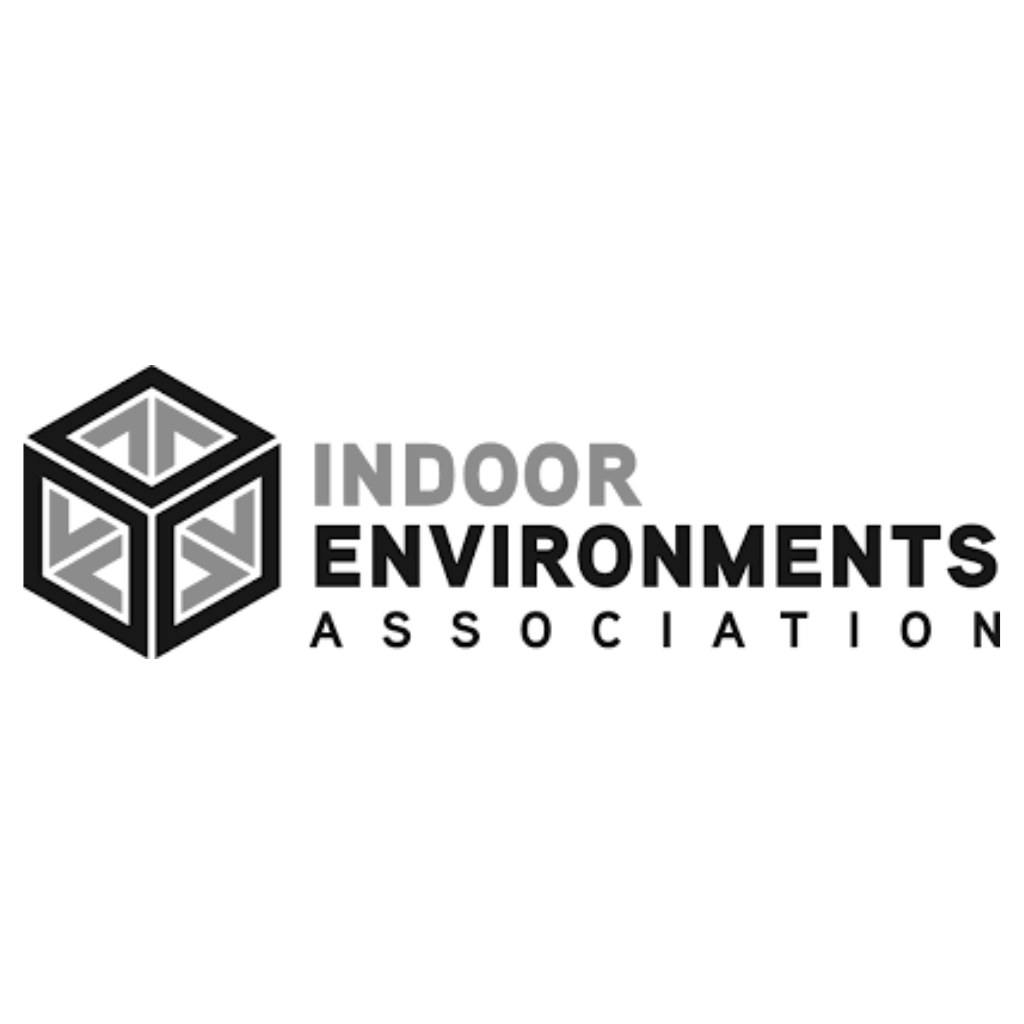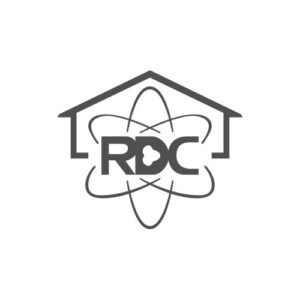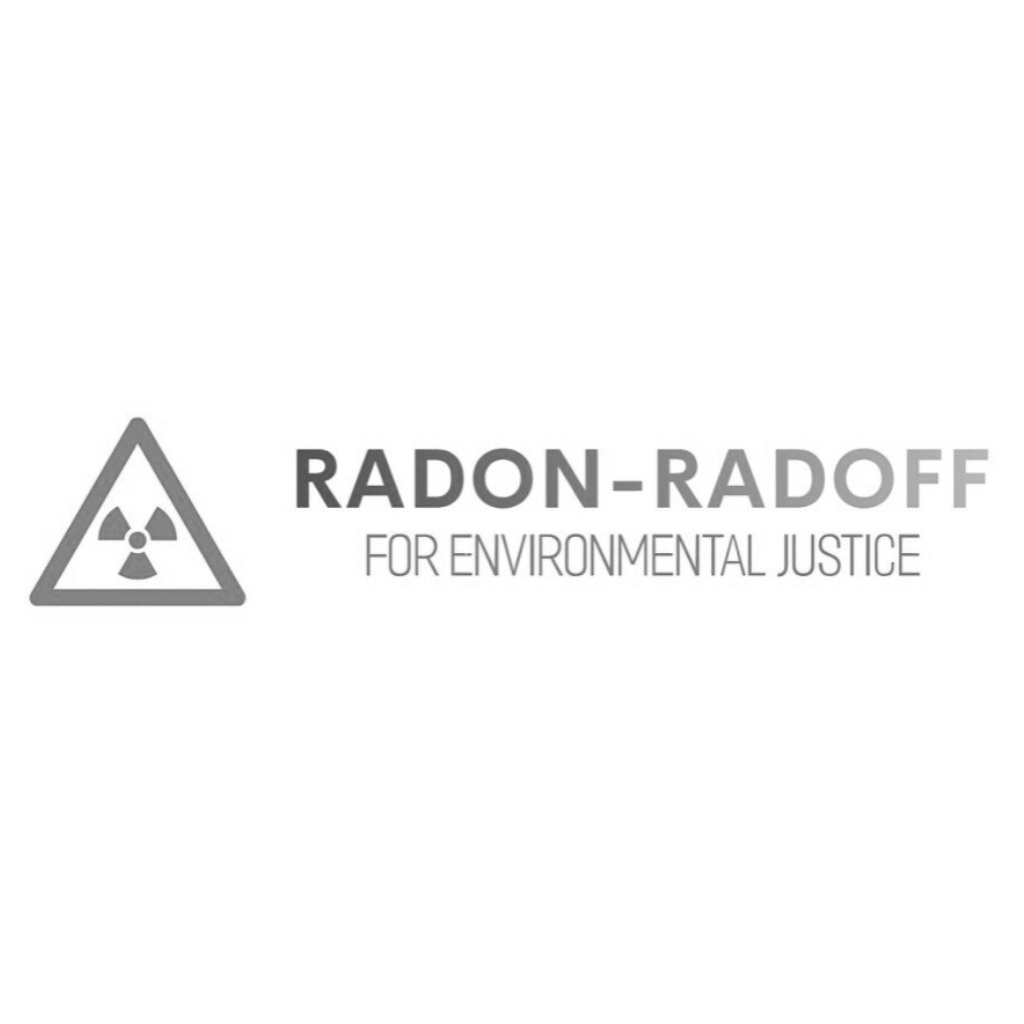According to the EPA, Pennsylvania has some of the highest levels of radon in the country. Radon is the second leading cause of lung cancer, but the good news is radon exposure can be prevented.
In 2019, WHE established the Radon in Schools Workgroup to push for legislative action protecting children from radon exposure in schools and childcare centers. By fall 2024, the workgroup successfully advanced its efforts with the introduction of SB 1328 in the PA Senate, sponsored by Senator Devlin Robinson.

Policy Solutions to Radon Exposure
Through the bill (SB 1328) the Radon in Schools Workgroup recommends the following:
- Require all school buildings test for radon after any new construction or major renovation OR every 5 years, whichever comes first.
- Create an advisory board with medical and public health professionals, certified radon scientists and other experts to provide guidance to schools on best practices and health-based standards.
- Require school districts to submit plans for remediation to the DEP if radon levels are found above 4 pCi/L.
- Require schools to make their testing data and any applicable plans for remediation public within 90 days of receiving results.
Radon In Schools: What You Need to Know
- Radon is a naturally occurring radioactive soil gas originating from decaying radioactive radium in the ground. It enters buildings through cracks in the foundation. Children are particularly susceptible to exposure because of their rapidly developing bodies.
- Radon is in the highest class of carcinogens. According to the American Lung Association when radon decay products particles attach to dust and are inhaled into the lungs, they give off radiation and cause damage to the lung cells that can cause radon-induced lung cancer.
- There is no safe level of radon exposure. Long-term exposure, even at low levels, can lead to lung cancer.
- Pennsylvania has a unique geology that puts residents at higher risk for radon exposure than in other states. 98.5% of the counties in PA are designated as Zone 1 or 2 at risk by the EPA. 73% of the counties are in the Zone 1 risk area, meaning their average levels are more than 4 (action level).
- EPA estimates that 1 in 5 school classrooms have a short-term radon level at or above 4 pci/L.
- According to Women for a Healthy Environment’s State of Environmental Health in Southwestern PA Schools Report, only 15% of schools across the state surveyed had tested for radon in the past 10 years. Of those 22 school districts, radon testing occurred inconsistently – testing occurred in a handful of classrooms, in an entire building, or just on one floor of 1 building. 11 out of the 22 school districts found at least 1 classroom with a short-term radon level above 4 pci/L.
- The average cost to test 1 building according to EPA standards is under $1,500 – and less for smaller school buildings.
- While Pennsylvania does not currently require radon testing in schools, other states have set an example to follow: 13 states have passed laws related to radon in schools, 6 require mitigation, 9 require schools to test for radon, and the remaining 4 recommend testing.

What You Can Do
Students and staff exposed to radon levels above the EPA action level of 4 pCi/L face a risk of developing lung cancer.
- Contact your school’s administration office about conducting radon tests during the cooler months of the year and in all occupied rooms on or near ground level. Reference our radon script guide when contacting your School District Board Member, Superintendent or Facilities Director about radon testing in schools.
- Take short-term tests initially and follow up with long-term tests in rooms with levels higher than 4 pCi/L (the suggested limit of radon).
- Educate your community about the need for radon testing in the school setting, as well as investigating radon in local homes and offices.
- Consult the Federal Radon Action Plan for ideas on how to treat radon levels in various buildings.
Meet Our Partners
Join Us
Join us as we work with school personnel, radon professionals, and community members to increase knowledge about the health impacts of radon, as well as provide policy solutions to ensure that no one is exposed to radon in the school environment.
Contact us to learn more!

